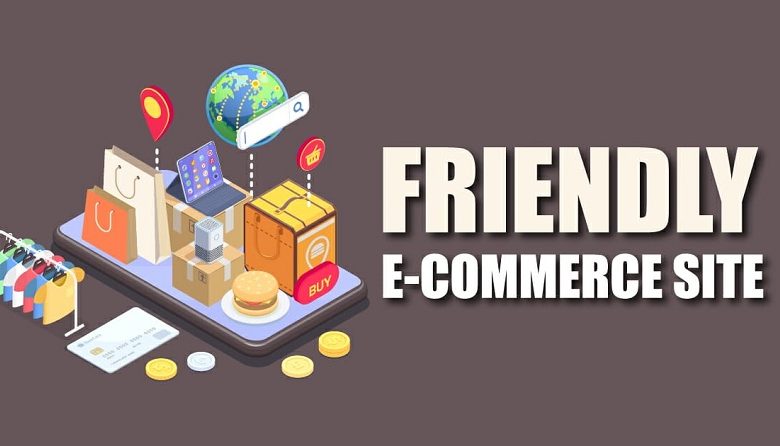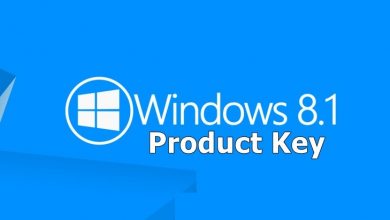
Top 7 Tips to keep in mind for SEO when creating an E-Commerce site
Businesses are faced with stiff competition, and many of them have chosen the online path to success. And why not! Studies show that there are at least 4.66 billion active internet users and over 3 billion smartphone users. Given the large number of users accessing the internet through their smartphones, there has been a surge in functional websites. But only creating a website does not help, and you must ensure it ranks high during a keyword search.
Understandably, e-commerce companies are faced with too much market competition. Having an SEO-friendly website helps to enhance mindshare and increases outreach to the audience. However, E-commerce companies must be doubly sure about being SEO-friendly, due to which they must install an SSL certificate to engender trust, security and boost SERP rankings. This article will discuss the tips that can make your website SEO-friendly.
Optimize the content
Content is what will bring the visitors to the website and make them stay on the website. As a first step, you must do keyword research and choose the ones that suit your industry. You must also research the keywords that are used by your competition. There are several renowned websites like SEMRush, AHRefs, etc., that can help you. Those with a low budget can use the Google keyword planner and Google Trends.
The content manager must keep in mind that the web content must be enticing enough to draw more visitors. There must be blogs on the site that relate to the products being sold on the site. Creating listicles and product comparisons can help to improve visitor traffic.
Using a responsive design
You must have heard about optimizing the home page and subsequent pages and placing the messages distinctly above the fold. It is only a part of the designing aspect. With 57% of web traffic coming from mobile devices, it is essential to cater to these users. Even search engines prefer websites that provide a smoother experience for these users.
A responsive design can adapt to the device being used. The visitors must stay on your site as long as possible, and the first impression about your site matters a lot. If they face issues, they will move to your competition. An optimized site involves integrating a responsive design that ensures you stay longer on your site.
Move to the HTTPS platform
Businesses must ensure that the underlying customer data is secure. Moreover, search engines are also considering HTTPS (HTTP + SSL= HTTPS) as a lightweight factor for SEO. Web admins must keep these in mind and install an SSL certificate to ensure that the site does not tank critical keyword rankings. If you are looking for premium yet cheap certs to secure your chosen primary domain and first-level subdomains, the Comodo Wildcard SSL is an ideal choice and is used by some of the biggest brands globally. Nowadays, many ssl providers offer cheap wildcard SSL certificates with round-the-clock support and unmatched quality.
In another development, web browsers are marking non-HTTPS sites as “Not Secure”. The warning makes many visitors move away from the site and to the competitors. Apart from losing traffic, this increases the bounce rate, leading to a drop in search rank. Moving the site to the HTTPS protocol is needed for e-commerce sites to comply with the PCI-DSS guidelines.
Optimizing the page titles and descriptions
Most web admins are happy when the keyword research is over. Little do they realize there is still a huge workload that is left. The keywords must be included tactically at specific locations to enhance search rankings. The title tags have immense potential, and you must keep in mind the search intent and then create the tags thoughtfully.
The meta descriptions must be optimized, too, based on the content present on the web page. You must be crisp and precise and focus on what message you are sending about the content on the page. It is also essential to deploy schema markup that helps search engines understand the content and help visitors navigate your site.
Check page load speed
We do not like to wait while the website we wish to visit gets loaded. Your audience feels the same if they have to wait for your website to load. Studies show that around one out of four visitors would abandon your site if the page load speed is more than four seconds. As more visitors leave your website due to poor loading speeds, the bounce rate increases that affect SEO.
Always check the server response times and allow browser caching to help the web pages load faster. The images must be optimized, and some plug-ins can optimize image sizes. Web admins must ensure the above-fold content is optimized, and the number of plug-ins must be lowered. You can use Google Lighthouse or GTMetrix to measure site performance.
The use of links
Using links judiciously can improve link juice for your website. The content manager can use anchor text and optimize the content for the relevant keywords. The linking must be done to the targeted pages only. There must be periodic checks to ensure that the URLs pointed by the URLs are active at all points. The internal linking process helps search engines to find the new pages on the site for indexing.
You can also use backlinks that point to your site as an effective tool for improving SEO. The backlinks must be pointing from authoritative websites, i.e. those with high Domain Authority (DA). One of the best ways to create backlinks is to visit product directories and enlist your website.
The use of technical SEO
Web admins must undertake a periodic audit of the website to assess any issues that may affect SEO. You must ensure there is no duplicate content on the website and ensure there are no thin pages. Also, check whether the canonical links are in place as they can negatively affect SEO.
Keyword cannibalization must be prevented to allow only the correct pages to rank. You must also prevent mixed content as it can lead to web browsers showing warnings on your site. When you are installing a Wildcard SSL certificate, always ensure that the installation is done correctly.
Conclusion
One of the critical parts of inbound marketing is SEO. Businesses must take extra steps to ensure that their site ranks high during a keyword search. One of the basic needs is to procure a cheap SSL certificate to enhance website trust. This will secure communication between the web server and the client browser.
Several closely coordinated activities must be carried out. We have discussed some of them in this article. You must make a habit of carrying these tasks regularly to improve the eyeball share of your website.





